
On April 20, 2019, the 1st Annual Conference of GW-IU Undergraduate Research Exchange Program was held at Cloyd Heck Marvin Center of the George Washington University. Five students from the George Washington University presented papers based on their original research.
Tanvi Banerjee
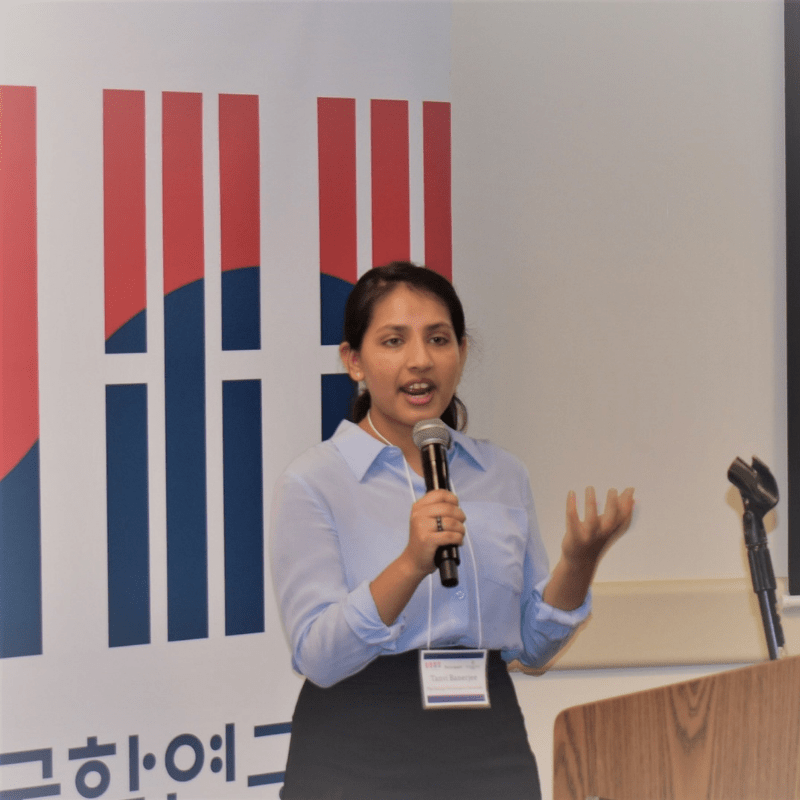
Namaste Hallyu or Annyeong Gong-ju? Public Diplomacy and India – South Korea Relations
The article examines the development and impact of South Korea’s two-pronged public diplomacy approach in India, which includes (1) promotion of Hallyu and (2) cultivating the narrative about Queen Heo. In spite of the growing diplomatic bonhomie between India and South Korea, barriers to South Korean cultural influence on Indian audiences remain. The paper argues that South Korea uses its two-pronged public diplomacy approach to overcome these socio-cultural barriers to its cultural influence in India. South Korea attempts to address a limited Indian audience for its cultural exports through Hallyu and uses narratives about Queen Heo to counter Indians’ apathy and unawareness about South Korea. Drawing upon English language sources —including peer-reviewed articles, newspapers, and government data — this paper evaluates South Korean public diplomacy strategies in India between January 2000 and February 2019. Regionally, the popularity of Hallyu in India is concentrated in the Northeastern states of India, whereas the Queen Heo narrative has generated considerable attention in states with a majority Hindu population. However, an analysis of diverse data sources including Google Trends, speeches of Indian leaders, and secondary scholarly sources reveals that South Korean public diplomacy approaches have a limited impact on the overall strategic partnership between India and South Korea. Instead, pressing geopolitical concerns such as a powerful China and economic considerations continue to dominate India and South Korea’s diplomatic relations. Given the recent maturation of Indo-South Korean relations though, India proves to be an interesting litmus test for South Korean public diplomacy.
R. Maxwell Bone
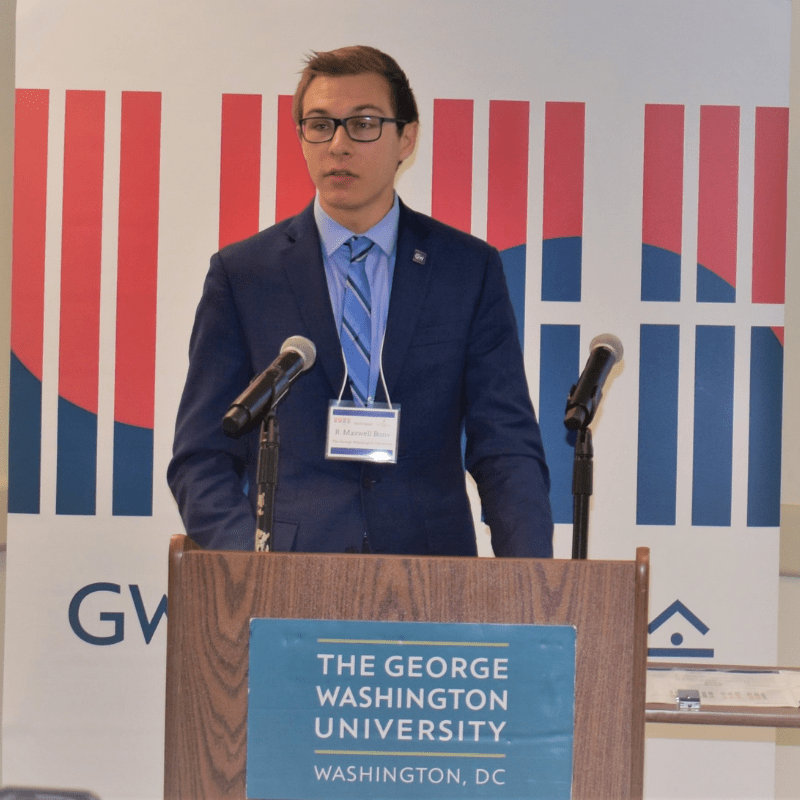
Uganda-DPRK Relations: From 1972 to 2019
The Republic of Uganda is a country located in Central Africa that is landlocked but is at the strategic intersection of multiple regions. While Uganda is not a country that is often examined regarding cooperation with North Korea, the two countries have enjoyed a long, and detailed partnership. The first recorded record of a partnership between the two countries comes form 1972, when a Ugandan delegation attended a military padre in Pyongyang. Since then, the relationship between the two countries has deepened, and survived three changes of regime in Uganda. At first, the cooperation between the two countries was mainly in the form of military exchanges, but has since evolved to include public health, education, among other fields. Notably, Uganda has not ceased its cooperation with the DPRK despite its pledges to do so in multiple international forums. It is likely the relationship will continue, regardless of international pressure.
R. Maxwell Bone’s findings were published on October 30, 2019 on The Diplomat, “Uganda: North Korea’s African Ally”
Henry Huang Haoyu
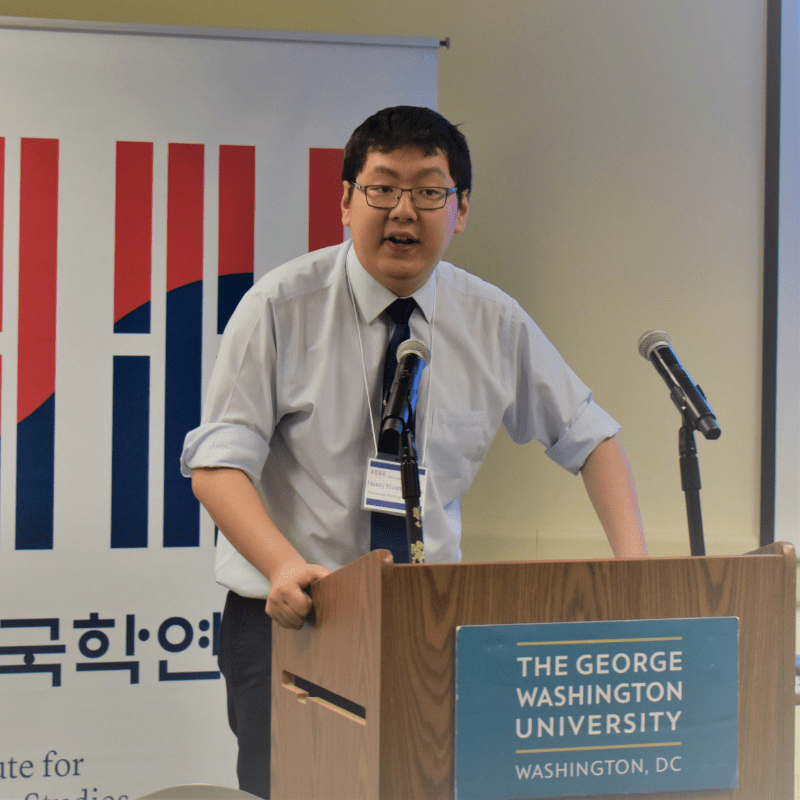
The Wake of the Tiger: Change of the Chinese-Korean Tribute System over Time
In the history of Korean International Relations, one of the most important facts that no one should ignore is Sadae. Sadae was the guiding Korean diplomatic policy of Chosun Dynasty since the beginning. However, with the changing of international relations, declining power of China, and the rise of Japan in 1860s and 1870s, the government of Korea divided. A group of elites wanted to still maintain in the Chinese tribute system while the other group seeks a closer relationship between Japan. In this essay, the author will discuss the changing of the tribute system between China and Korea. In author’s opinion, Sadae should be considered as a policy to maintain Korea’s existence rather than the absolute obeying to Chinese power. The core of Sadae, looking back to Mencius’ perspective is always, “fear the Majesty of Heaven, and will thus preserve its favouring decree.”[1] Sadae may not directly used as words in official Korean historical documents to refer to the relationship between Korea and the outside powers, but there are traces of Sadae influencing Korean diplomatic policy towards outside world, particularly Japan and Russia, in the late Choson Dynasty.
[1] https://ctext.org/mengzi/liang-hui-wang-ii/ens
Deanna Reyes-Guerra
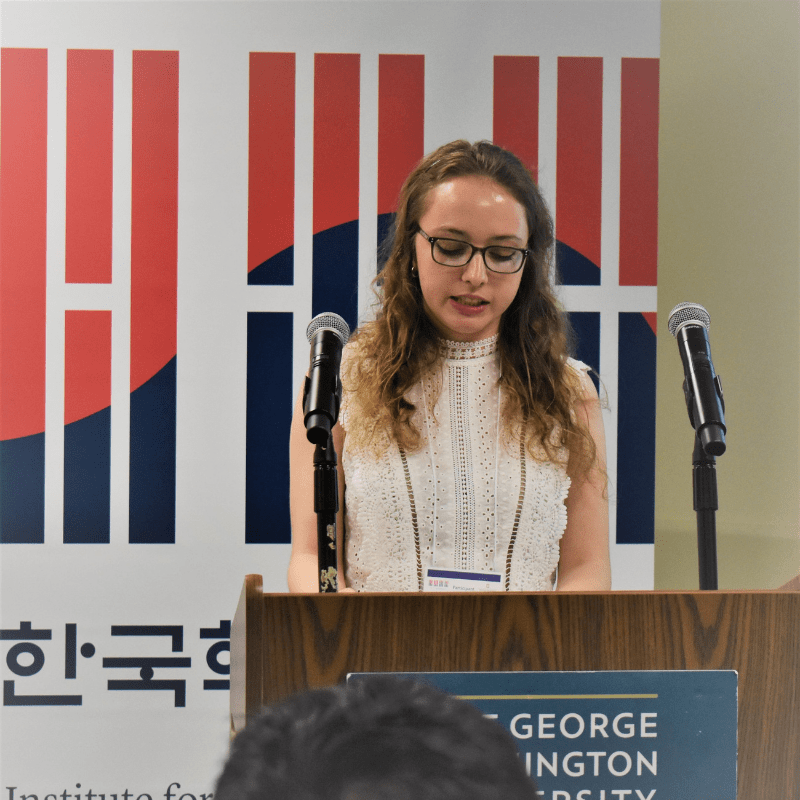
Recent Rise of Anti-Zainichi Sentimentality in Japan
The Zainichi Koreans are one of the most well-known minority groups facing oppression in Japan, yet recent years have shown an increasingly positive relationship between the Zainichi Korean community and a majority of Japanese society. However, even in the face of advancements toward a more unified society, there has also been an increase in anti-Zainichi sentiments made possible through an association known as the Zaitokukai and cyber right-wingers, known as netto-uyoku, who use internet forums to spread false narratives about the Zainichi community. This paper follows the activities and the methodologies used by these groups to further ostracize the Zainichi and other minority groups. The paper will define who makes up the Zainichi community, past events that have led to the led to the current situation, an explanation of who the Zaitokukai are, the message the Zaitokukai are promoting, the North-Korean spy image that often accompanies the message, and an evaluation of the use of the internet as a vehicle for these false narratives supported by the Zaitokukai.
Tina Yiting Wang
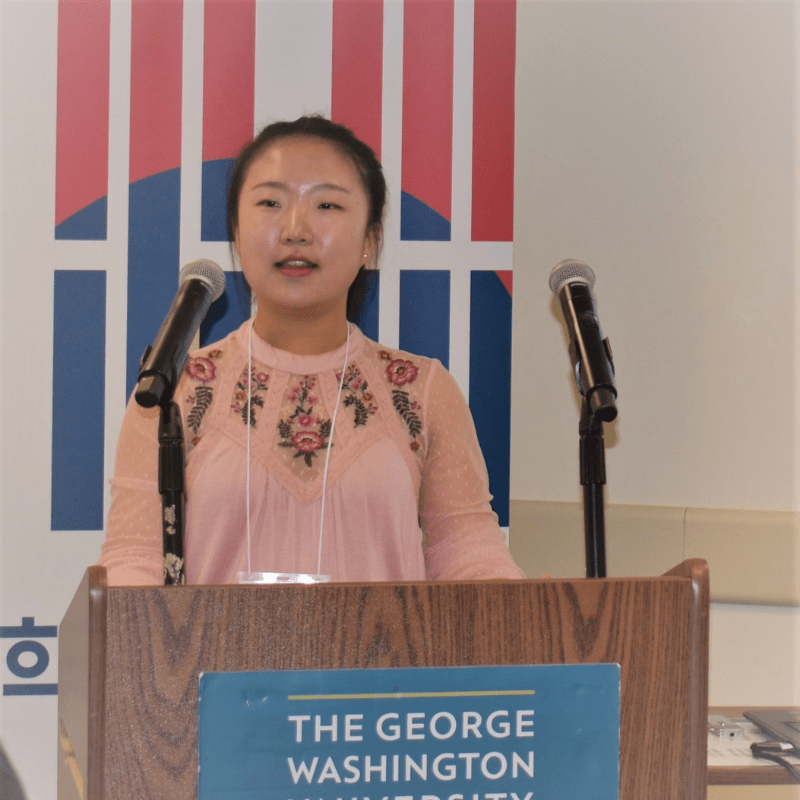
Capitalized Mind, Cosmeticized Body
Body modification has existed since the beginning of human history. Cosmetic surgery is a contemporary form of body modification. In this essay, I argue that under capitalism and neoliberalism systems in South Korea, cosmetic surgery is affecting the body in two ways simultaneously. On the one hand, the body is reduced to an object, while on the other hand the body is empowered for economic achievements and social mobility. To approach the topic, first, I will provide historical beauty ideals in Korea and East Asia, to show that cosmetic surgery beauty ideals are contemporary norms. Then, I will discuss how the Korean society is influenced by collectivism, capitalism and neoliberalism, and assess different perceptions of the body throughout the three phases. After that, I will provide a film analysis of 200 Pounds Beauty (2006) through a concept called capital identity projection, to further demonstrate that cosmeticized body is both self-objectification and self-empowerment.
